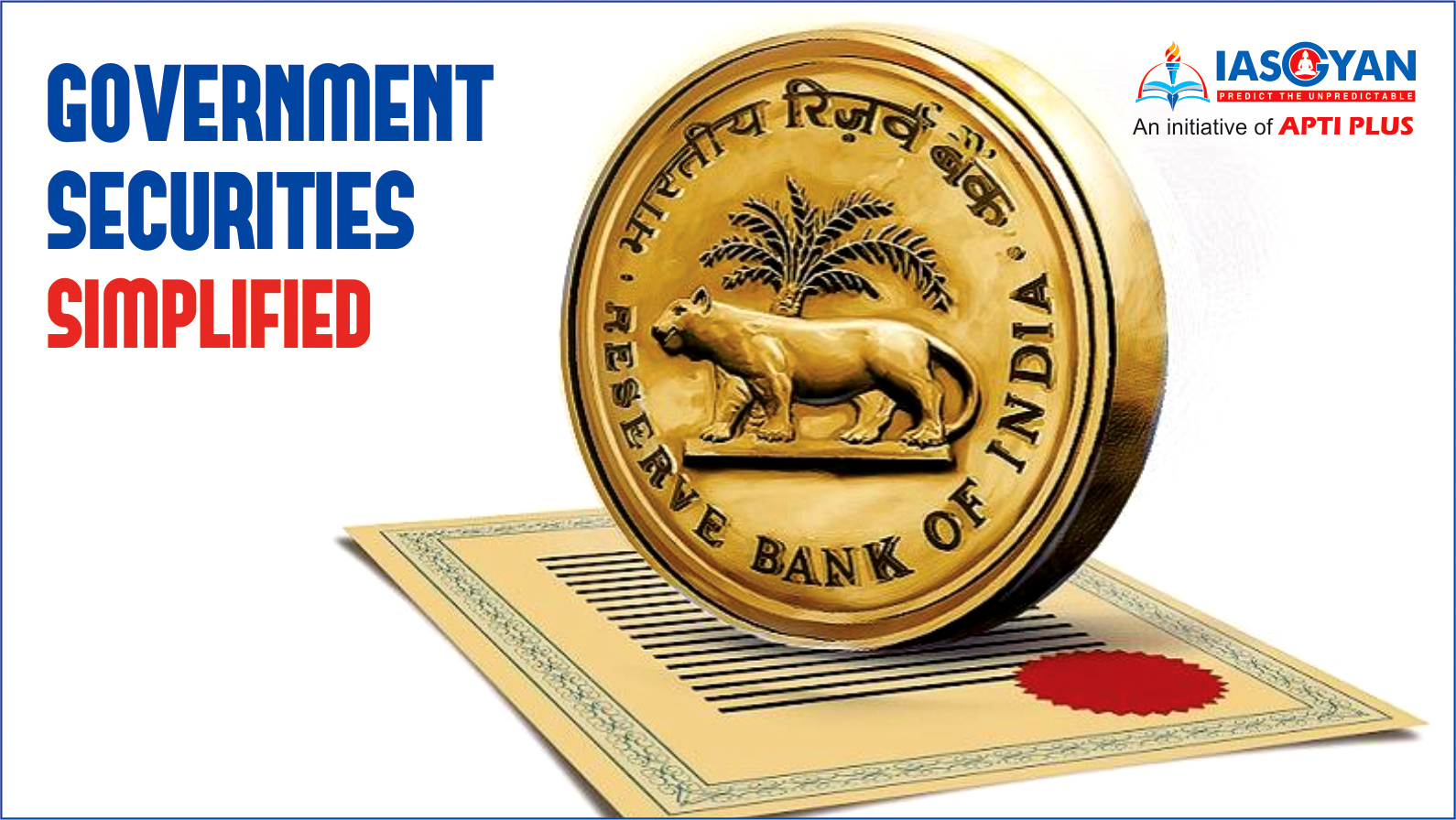




Government securities or G-Secs are essentially debt instruments issued by a government. These securities can be issued by both the central government and the state governments of India. When you invest in such options, you generally gain a regular interest income. Since these investment products are backed by the government, the risk associated with them is almost negligent.
The main two key categories are treasury bills – short-term instruments that mature in 91 days, 182 days, or 364 days, and dated securities – long-term instruments, which mature anywhere between 5 years and 40 years.
Broadly it can be classified into four categories, namely Treasury Bills (T-bills), Cash Management Bills (CMBs), dated G-Secs, and State Development Loans (SDLs).
Treasury bills (T-bills)
Treasury bills or T-bills are issued only by the central government of India. They are short-term money market instruments, which means that their maturity period is less than 1 year. Treasury bills are currently issued with three different maturity periods: 91 days, 182 days, and 364 days.
Most financial instruments pay you an interest on your investment. The Treasury bill, on the other hand, is what is commonly known as zero coupon securities. These securities do not pay you any interest on your investment. However, they’re issued at a discount and are redeemed at face value on the date of maturity. For instance, a 182-day T-bill with a face value of Rs. 100 may be issued at Rs. 96, with a discount of Rs. 4, and redeemed at the face value of Rs. 100.
Cash Management Bills (CMBs)
Cash Management Bills (CMBs) are relatively new to the Indian financial market. They were only introduced in the year 2010 by the government of India and the Reserve Bank of India. CMBs are also zero-coupon securities and are very similar to Treasury bills. However, the maturity period is the one major point of difference between the two types of government securities. Cash Management Bills (CMBs) are issued for maturity periods less than 91 days, making them an ultra-short-term investment option. CMBs are strategically used by the government of India to meet any temporary cash flow requirements. From the investor’s point of view, Cash Management Bills can be used to meet short-term goals.
Dated G-Secs
Dated G-Secs are also among the different types of government securities in India. Unlike T-bills and CMBs, G-Secs are long-term money market instruments that offer a wide range of tenures, starting from 5 years and going all the way up to 40 years. These instruments come with either a fixed or a floating interest rate, also known as the coupon rate. The coupon rate is applied on the face value of your investment and is paid to you on a half-yearly basis as interest.
There are around 9 different types of dated G-Secs currently issued by the government of India. These are listed below.
– Fixed-Rate Bonds
– Floating Rate Bonds
– Capital Indexed Bonds
– Inflation-Indexed Bonds
– Bonds with Call/Put Options
– Special Securities
– STRIPS
– Sovereign Gold Bonds
– 75% Savings (Taxable) Bonds, 2018
State Development Loans (SDLs)
As the name implies, SDLs are issued only by the state governments of India to fund their activities and to satisfy their budgetary needs. These types of government securities are very similar to dated G-Secs. They support the same repayment methods and come with a wide range of investment tenures. The only difference between dated G-Secs and SDLs is that the former is issued only by the central government, while the latter is issued solely by the state governments of India.

© 2025 iasgyan. All right reserved